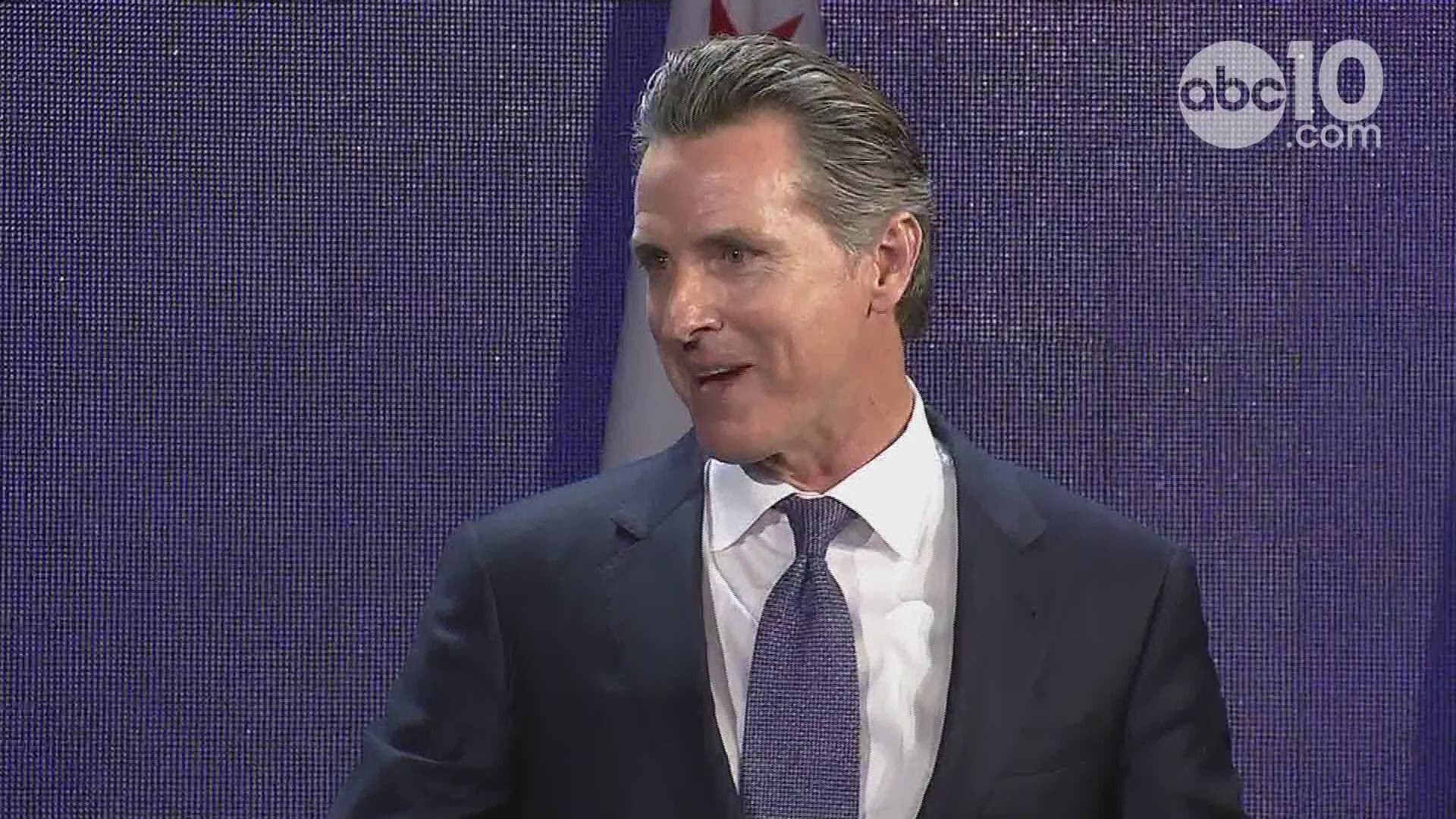Governor-elect Gavin Newsom is a self-described fan of “Big Hairy Audacious Goals,” and they don’t come much bigger, more audacious and presumably more hairy than his plan to solve California’s housing crisis.
On the campaign trail, he pledged to lead an effort to build 3.5 million units of new housing by 2025, a construction pace Californians haven’t seen since they started keeping track of that type of thing.
He says he can reach that goal—which some have criticized as impractically astronomical—by significantly increasing funds for government-subsidized housing and rolling back some regulations that impede new development, especially for housing around public transit.
“It’s an enormous number and a necessary number,” said Assemblyman David Chiu, Democrat from San Francisco and head of the Assembly’s housing committee. “Just the fact that he has laid out that goal is exciting.”
When pushed, affordable housing advocates and others that work on housing issues admit the 3.5 million goal probably isn’t realistic. Still most welcome Newsom as a refreshing change of pace from the outgoing governor.
Despite a much-celebrated package of housing legislation he helped shepherd to passage last year, Gov. Jerry Brown was criticized for not prioritizing housing in a state where the median price of a single family home rose to over $500,000 on his watch and ever-rising rents are forcing low-income residents to leave the state en masse.
“It’s what you focus on as governor, it’s what you meet with your staff about every day, that’s what important for housing,” said Dan Dunmoyer, president of the California Building Industry Association. “That’s what most people don’t realize, how a governor can influence on housing.”
Rumors of a major housing package in Newsom’s first year as governor are already circulating around the Capitol, although no one will say so outright. What would that package contain? Bank on increased funding for subsidized units one way or another, likely via increased tax credits for affordable housing developers and/or a revamped form of “redevelopment,” a controversial and abuse-fraught program Brown eliminated in 2011.
But the other policies Newsom referenced either explicitly or obliquely in his campaign are far hairier politically. If Newsom is indeed able to broker a compromise on rent control, or tweak Proposition 13, or limit local control on housing development decisions, he will have accomplished something that has vexed politicians for decades.
He also must decide whether to throw his weight behind major zoning changes, given that state Sen. Scott Wiener, Democrat from San Francisco, has promised to reintroduce a controversial and highly publicized bill that would strip from cities their zoning authority around public transportation. Newsom was lukewarm on the bill earlier this year.
Beyond the herculean task of making California affordable again, Newsom confronts a humanitarian crisis that has haunted him since his days as mayor of San Francisco: how to help the estimated 130,000 Californians who are homeless.
Fixing the state’s homelessness problem is among the many items that Newsom has, at various times, cited as his top priority, and he has pledged to create a first-ever cabinet-level position exclusively dedicated to solving it. But Newsom’s record on combating homelessness while in San Francisco remains deeply divisive among advocates for the unsheltered.
Newsom defends his “Care not Cash” program—which redirected direct cash payments for those experiencing homelessness to permanent supportive housing and bus tickets out of San Francisco to rejoin family—as a successful and innovative strategy that made the city’s homelessness crisis far less severe than it would have been otherwise. Critics have called the program unethical.
CALmatters.org is a nonprofit, nonpartisan media venture explaining California policies and politics.

